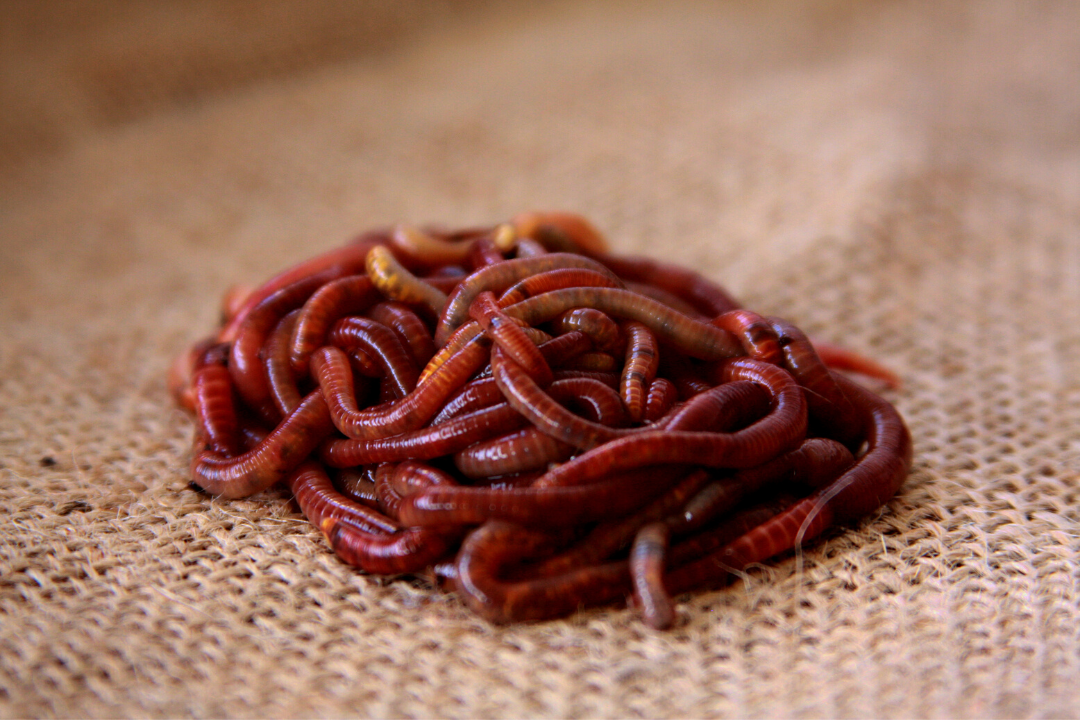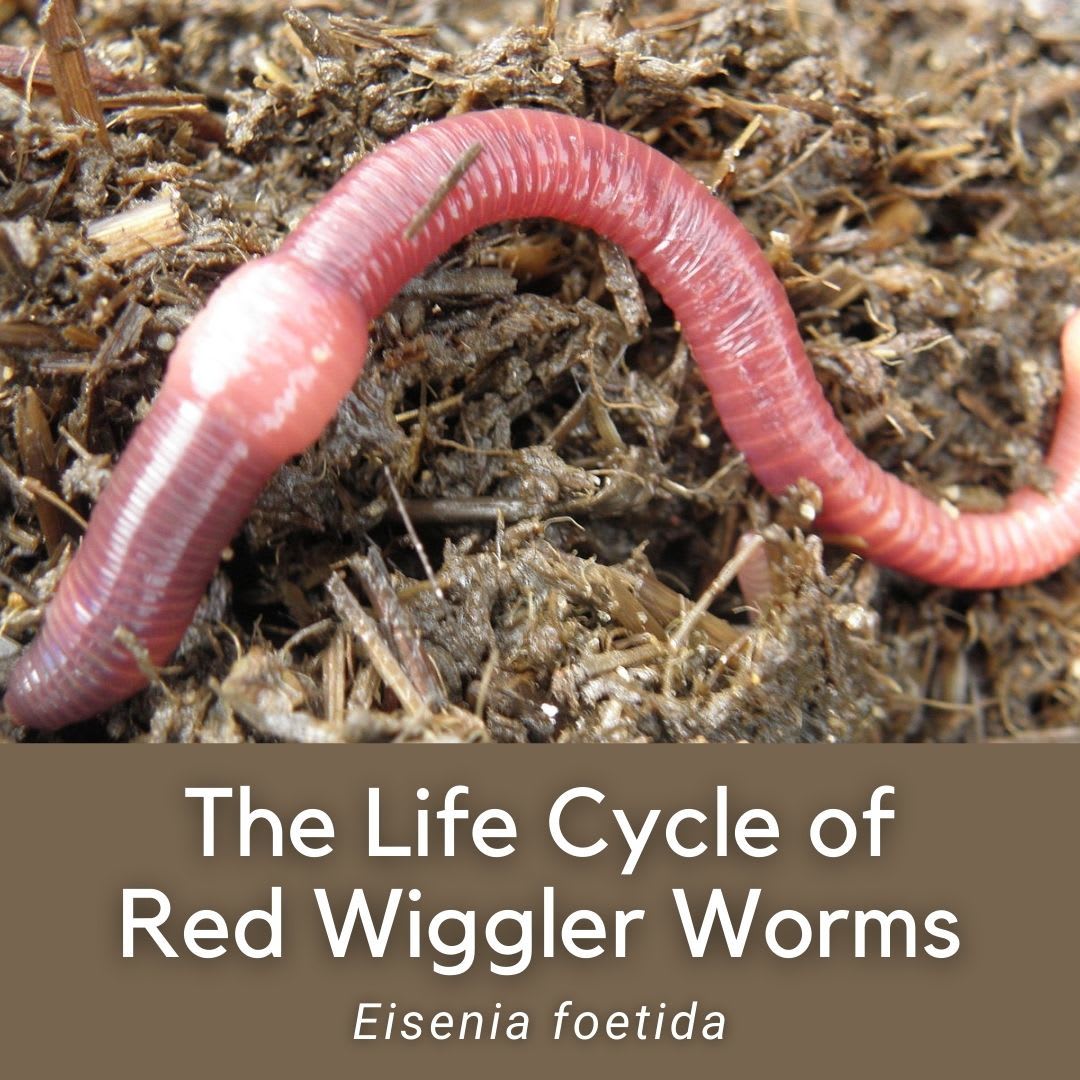Trust Red Wiggler Express for Reliable and Effective Lawn Care Options
Trust Red Wiggler Express for Reliable and Effective Lawn Care Options
Blog Article
Unlock the Secrets of Red Wigglers: Your Guide to Composting Success
The integration of red wigglers into composting techniques presents a considerable chance for improving dirt wellness and promoting sustainability. Understanding their needs and actions is critical for maximizing their possibility, from establishing up a proper worm bin to feeding them the best products.

What Are Red Wigglers?
(Lake Hickory Bait)Red wigglers, medically known as Eisenia fetida, are a types of earthworm mainly used in composting due to their exceptional capability to decompose raw material effectively. These worms are characterized by their reddish-brown coloration and a segmented body, normally gauging in between 3 to 4 inches in length. Unlike various other earthworm species, red wigglers flourish in abundant, natural settings, making them perfect for vermicomposting systems.
Belonging To North America, they are often found in decaying leaves and compost heaps, where they play a crucial function in nutrient recycling. Their adaptation to residing in a wet, cardio setting enables them to take in huge quantities of natural waste, simplifying right into nutrient-rich castings that enhance dirt health and wellness.
Red wigglers reproduce quickly, with a single worm qualified of generating several cocoons each week, each including several hatchlings. Recognizing the biology and behavior of red wigglers is important for maximizing their capacity in composting applications.
Advantages of Utilizing Red Wigglers
Taking advantage of the power of red wigglers in composting offers countless benefits that boost dirt health and wellness and advertise sustainable waste monitoring. These remarkable microorganisms successfully damage down raw material, changing kitchen area scraps and lawn waste into nutrient-rich vermicompost. This finished product is extremely beneficial for plant development, as it enhances soil framework, raises wetness retention, and improves vitamins and mineral schedule.

(Red Wiggler Express)In addition, the existence of red wigglers in your composting system can speed up the composting procedure, creating premium compost in a fraction of the time compared to traditional methods. The spreadings produced by these worms are likewise brimming with useful bacteria that better enrich the soil community.
Establishing Your Worm Bin
Creating a reliable worm container is an uncomplicated process that can dramatically enhance your composting efforts. Worm containers can investigate this site be made from plastic storage containers, wood boxes, or commercially available worm containers.
Next, prepare the bed linen product, which acts as the worms' habitat. A mix of shredded paper, cardboard, and coconut coir functions well, giving a comfy environment for the worms. Goal for a bed linen depth of regarding 4-6 inches. Dampen the bed linen lightly, ensuring it looks like a wet sponge without excess water merging near the bottom.

Feeding Your Red Wigglers
To make certain the health and wellness and productivity of your red wigglers, it is important to supply them with a well balanced diet regimen that meets their nutritional requirements. Red wigglers flourish on a varied selection of organic products, which not only provide needed nutrients but additionally advertise effective composting.
Beginning by incorporating kitchen scraps such as vegetable peels, fruit cores, and coffee premises. Avoid citrus fruits, onions, and garlic, as these can be damaging to worm wellness. Furthermore, introduce shredded paper, cardboard, and completely dry leaves to develop a well-aerated setting.
Feeding regularity should be checked; typically, worms can consume half their body weight in food weekly. It is crucial to avoid overfeeding, as excess food can result in unpleasant smells and attract parasites. A good method is to include food in percentages, permitting worms to process it prior to introducing a lot more.
Preserving wetness degrees is additionally vital; the bedding should perspire yet not soaked. Finally, make certain to consistently examine the temperature and pH degrees of the bin to make certain an optimal environment for your red wigglers, ultimately improving their composting effectiveness.
Harvesting and Utilizing Garden Compost
A successful composting procedure with red wigglers finishes in the abundant, dark compost understood as vermicompost, which can substantially boost soil health and wellness and plant growth. Collecting this nutrient-dense product normally happens every three to 6 months, depending upon the size of your system and the amount of natural issue being processed.
To gather, delicately different the garden compost from the worms and any type of undecomposed materials. One efficient method entails relocating the materials of the container to one side and adding fresh bedding and food to the empty space, motivating the worms to move. After a couple of days, the garden compost can be accumulated from the contrary side.
It is important to utilize vermicompost appropriately to maximize its benefits. It can be made use of as a leading dressing for yard beds, mixed into potting dirt, or brewed right into a nutrient-rich fluid fertilizer called "worm tea." This application method helps to deliver crucial nutrients straight to plant roots, promoting healthier development. By incorporating vermicompost into your gardening routine, you not just recycle organic waste however likewise create a thriving ecosystem that supports sustainable horticulture methods.
Conclusion
In summary, red wigglers offer as remarkable allies in composting efforts, transforming organic waste into nutrient-rich vermicompost (Red Wiggler Express). Their one-of-a-kind organic qualities and efficient waste handling capacities contribute considerably to lasting horticulture practices. By comprehending the optimal conditions for their habitat, feeding demands, and compost harvesting techniques, gardeners can improve dirt health and promote plant vitality. Embracing vermicomposting not only lowers land fill waste but likewise fosters an extra ecologically liable approach to horticulture and resource management.
Report this page